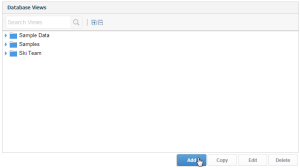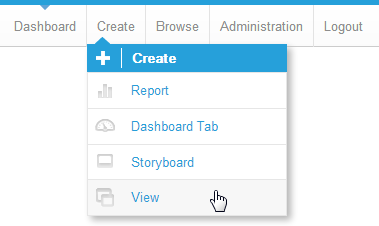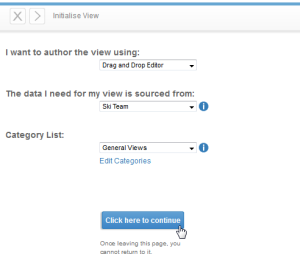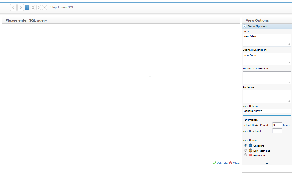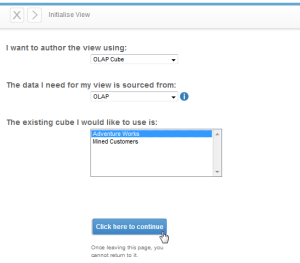Page History
...
- To create a new view:
- click the add view link from within the source record, OR
- click on the Create menu in the main navigation bar and select View
The view initiate page will prompt a select of the type of view you wish to create and the data source connection to use. The choices you have are:Builder
Description
Use the Yellowfin builder to create a view on your database.
Use an SQL statement to create your view
Use to create a view which connect to multiple separate data sources and views.
Select an existing OLAP cube - – you will not be able to add additional attributes to a cube.
The ability to create a view from existing stored procedures on you database.
- click the add view link from within the source record, OR
- Select a category for the view. This is used to limit the field item categories to an appropriate set. For example only Sales Related field categories will be displayed for a sales view.
- To create a new category click the create category link. This will open a popup window in which you can add a new category.
...
The freehand SQL option allows you write your own view directly into the Yellowfin repository. The tables available from the source system are displayed in the table list on the left hand side.
Note: When writing an SQL view it is very important that you do not include an order by - – since results are sorted by the Java application not the database. The order by will cause your view to fail.
...
- To create an OLAP cube view select OLAP cube from the author drop down menu.
- Choose the source connection - – Yellowfin will only provide OLAP source connections for you to choose from.
If no source exists you will have to create a specific OLAP source connection record. - Choose the cube from a list of available cubes.
Note: When creating an OLAP cube as a view you will have limited options for updating field information. This is because most of the metadata is already contained in the cube itself.
...

